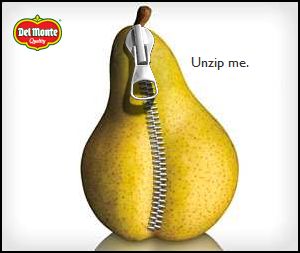A reader who asked to remain anonymous sent in a video about a recent interview by Star Jones with the lawyer for Kelsey Peterson, a teacher accused in 2007 of fleeing to Mexico in order to live with a 13-year-old student of hers (he was 12 at the time they began having sex together). In the interview, the lawyer for Peterson says he “resents” the boy being referred to as a child because he is a “Latino machismo teenager” (a phrase that doesn’t even make sense) and “manly”:
Notice that the lawyer also argues, at about 1:25, that teen boys have a high sex drive, which somehow excuses an adult woman having sex with a 12-year-old. In addition, at 3:30 in Jones mentions that some individuals have implied the kid couldn’t be a victim because he was physically larger than other kids his age (5′ 6″ in 8th grade, which doesn’t sound super unusual to me); it sounds like Peterson’s defenders have questioned his age because of his size.
Jones calls him out on his implication that Latino teens are hyper-sexual and therefore this boy shouldn’t be seen as a victim. At about 5:45 one of her guests discusses the adultification of non-White children — that is, the way they are often treated as adults, regardless of their age. Ann Arnett Ferguson discusses this process at length in her book, Bad Boys: Public Schools in the Making of Black Masculinity. This adultification includes assumptions that they are sexual at earlier ages than White children.
From what Jones and one of her guests say, it also appears that the fact that he was an undocumented immigrant has also been used as a way to undermine his ability to claim victim status. At about 7:55 a guest discusses the way that referring to people as “aliens” dehumanizes them, making it easier to deny them equal legal protection. (Side note: Jones mentions the history of immigration in the U.S. and in doing so says everyone in the U.S. is descended from immigrants, something Native Americans might find surprising, though I suppose if you go back a few thousand years to the migration from Asia to North America, technically yes, they are immigrants.)
When I searched for news stories about the case, I came across one at ABC news in which the boy is described as “a sexually-active sixth-grade student with a crush on her,” which seems to me to be reminiscent of the way female rape victims are often asked about their sexual history, as though they cannot be true victims if they have been sexually active.
The ABC story contains this quote from Peterson’s lawyer:
From the beginning, he was trying to entice her. There’s no question about that…He would try to kiss her, he would grab her, he would do these things. She didn’t initiate this relationship. That young man did.
Again the blame is placed not on the adult woman but on a 12-year-old boy. Peterson says she was shocked the first time he kissed her, which was in her kitchen — a place that maybe a thinking person wouldn’t have a 12-year-old student in. She also says his parents knew about and were fine with their sexual interactions; they dispute this.
Perhaps drawing on the stereotype of macho Latino men, her lawyer said,
He used to tell her what she could wear. And whether she could wear makeup and the length of her skirts in terms of where they were gonna go and what they were gonna do…He had a very, very strong influence over her in terms of controlling her behavior.
The comments to the ABC story are pretty fascinating too.
This is a disturbing example of the way that boys, and particularly non-White boys, are generally denied victim status when it comes to sex because our cultural beliefs include the idea that boys want sex and attempt to get it at an early age, and thus can’t really be vulnerable to sexual assault or coercion. For another example, see this post about how Jimmy Kimmel reacts when Lil’ Wayne confirms that he lost his virginity at age 11.























